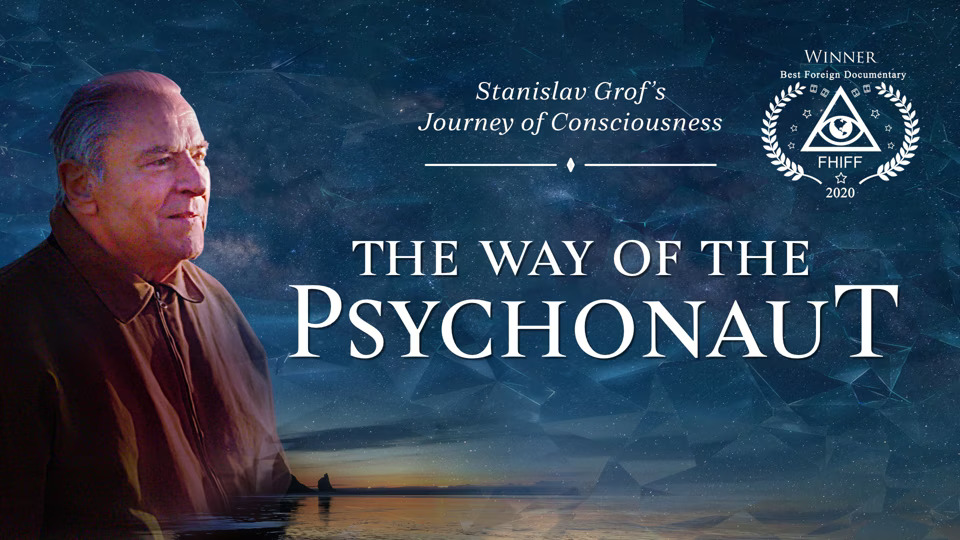Rituály & mozek
Section outline
-
"If myth can to some degree be considered a highly coloured map of brain neuroanatomy, ritual may perhaps be thought of, however crudely, as given its momentum by brain physiology."
V. W. Turner (1985)
Co jsou to rituály? Co se během nich děje s naším mozkem? A jak jich využíváme (ano, my všichni -- a každodenně) ke zlepšení kvality svých životů? Jak je můžeme začít využívat ještě účinněji s pomocí neurověd? Na tyto (ale i další) otázky si pokusíme odpovědět v tomto bloku.
Začneme zlehýnka aneb oxytocinu není nikdy dost :-)
***
"Throughout the history of humanity, rituals such as chants, prayers, meditation, dance, and posture have provided the behavioural platform for contemplative practices. A careful investigation of many rituals results in the discovery that the rituals are functional exercises of vagal pathways. Although chants, prayers, and meditation have been incorporated into formal religions, the function of these rituals may be different from that of the narratives upon which religions were based. The narratives are attempts to fulfil the human need to create meaning out of uncertainty and to understand the unknowable mysteries of the human experience in a dynamically changing and challenging world. While this assumption may be consistent with the history of the narratives that form the corpus of formalised religions, the function of rituals may be more closely related to health and personal subjective feelings of connectedness to others, and to a deity."
(Porges, 2022:46)
"(...) contemplative practices are conceptualised as methods that require, as a prerequisite, enhanced vagal regulation of biobehavioural states. Functionally, by enhancing vagal regulation, these methods efficiently promote health and may enable expansive subjective experiences related to compassion and a universal connectedness. The model proposes that specific voluntary behaviours (e.g., breathing, vocalisations, and posture shifts), which characterise ancient rituals and form the core of contemplative practices, have the potential to trigger a physiological state that fosters health and enables subjective experiences that have been the objective of contemplative practices."
...
"Rituals involving chants, prayers, meditation, dance, and posture shifts (e.g., kneeling, falling prostrate, etc.) provide potent stimuli to our nervous system to challenge and ‘exercise’ the vagal pathways that down-regulate defence and promote states of calmness and stillness."
(Porges, 2022:47)
Při vykonávání rituálů se můžeme dostávat do mimořádných stavů vědomí. Světoznámým průkopníkem v bádání, jak využívat mimořádné stavy vědomí pro své blaho, je český psychiatr Stanislav Grof.

Na setkání 3/4 se společně podíváme na film "The Way of the Psychonaut". Trailer zde:
https://www.thewayofthepsychonaut.com/
Záznam prezentace (která se 10/4 neuskutečnila, ale nahrála jsem ji 12/4) naleznete v souborech níže. Prosím omluvte sníženou kvalitu záznamu, nahráváno s nezbedným dítětem v místnosti a židlí na lavici, na které byl umístěn notebook, abych mohla nahrávat, co se děje na plátně :-)
Na záznamu jsou epizody The Mind, Explained:
- -- Psychedelics (S1.E5)
- -- Mindfulness (S1.E4)
***
A na závěr pár titulů hodnotné literatury:
Clarke, J. M., & Waring, J. (2018). The transformative role of interaction rituals within therapeutic communities. Sociology of Health & Illness, 40(8), 1277-1293.
Downey, G. (2015). The Importance of Repetition: Ritual as a Support to Mind. In M. Bull & J. P. Mitchell (Eds.), Ritual, Performance and the Senses (pp. 45-61). London: Routledge.
Hobson, N. M., Schroeder, J., Risen, J. L., Xygalatas, D., & Inzlicht, M. (2017). The Psychology of Rituals: An Integrative Review and Process-Based Framework. Personality and Social Psychology Review, 22(3), 260-284.
Porges, S. W. (2022). Ancient Rituals, Contemplative Practices, and Vagal Pathways. In J. Gordon-Lennox (Ed.), Coping Rituals in Fearful Times (pp. 43-64). Cham: Springer.
Turner, R. (2019). Finding likeness: Neural plasticity and ritual experience. Anthropology Today, 35(3), 3-6. doi:https://doi.org/10.1111/1467-8322.12503
Turner, R. (2015). Ritual Action Shapes Our Brains: An Essay in Neuroanthropology. In M. Bull & J. P. Mitchell (Eds.), Ritual, Performance and the Senses (pp. 31-44). London: Routledge.